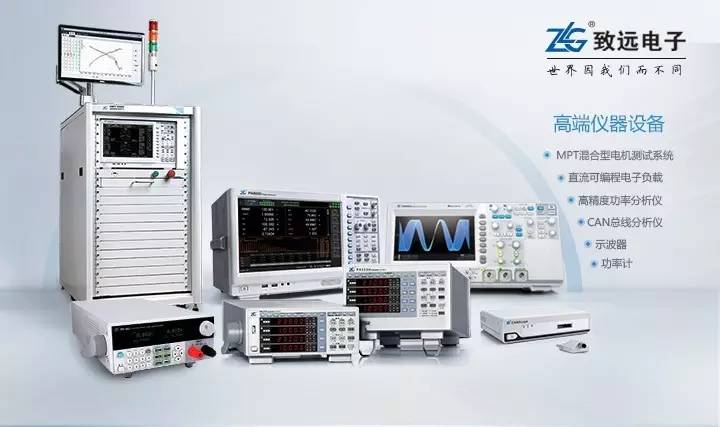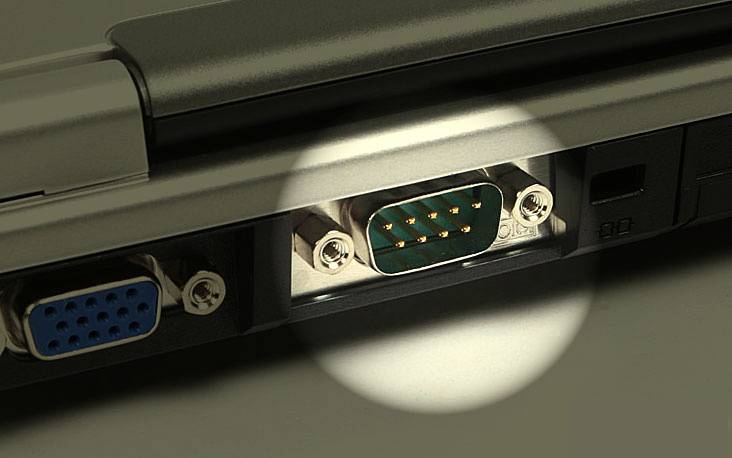

Serial communication is one of the most basic communication methods faced by electronic engineers. Although it seems simple, many people are not clear about the subtle differences between UART, RS-232, RS-422, and RS-485. Hope this engineering note can help everyone sort out their relationships.
Communication issues, like traffic issues, also have various situations such as high speed, low speed, congestion, interruption, etc. If we compare serial communication to traffic, UART is like a station, and a frame of data is like a car. Cars must follow traffic rules while on the road. Typically, the speed limit in the city is 30-40, while highways can allow up to 120. The type of road and speed limit depends on the protocol. Common serial port protocols include RS-232, RS-422, and RS-485. What are the subtle differences between them? Let’s explore.

1. What is UART?
UART stands for Universal Asynchronous Receiver/Transmitter, and is a key module for asynchronous communication between devices. UART handles the serial-to-parallel and parallel-to-serial conversion between the data bus and the serial port and specifies the frame format. As long as both parties use the same frame format and baud rate, communication can be completed using only two signal lines (Rx and Tx) without sharing a clock signal, hence it is also known as asynchronous serial communication.
If a suitable level converter, such as SP3232E or SP3485, is added, UART can also be used for RS-232 and RS-485 communication or connected to a computer’s port. UART is widely used in applications such as mobile phones, industrial control, and PCs.

2. RS-232 Standard
RS-232 is a serial physical interface standard established by the Electronic Industry Association (EIA) in the United States. RS stands for